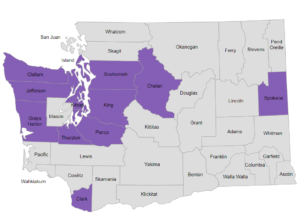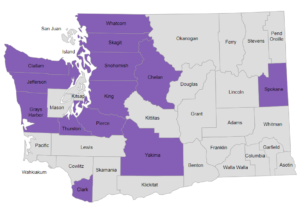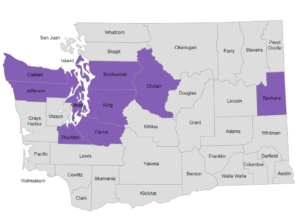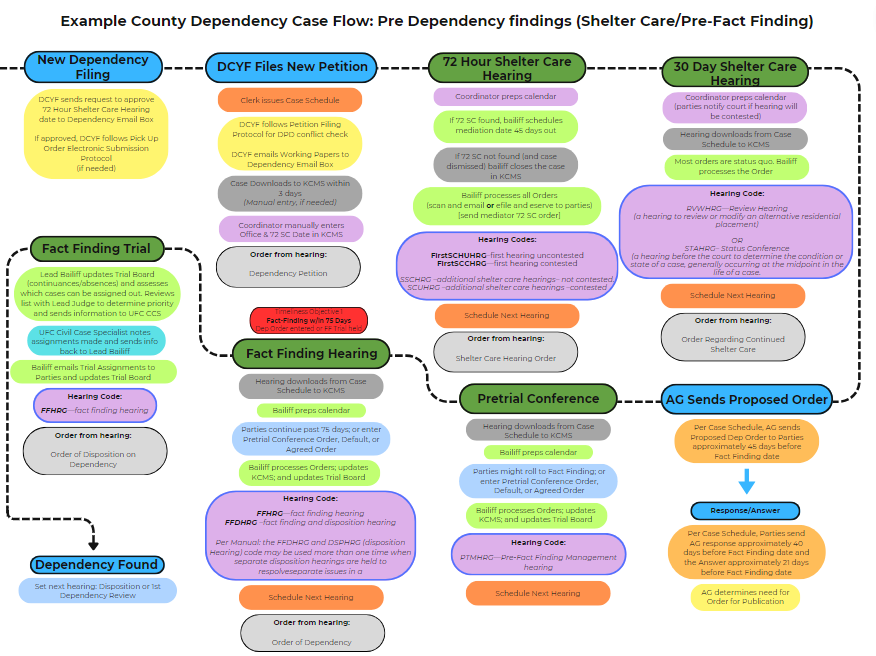Child Safety
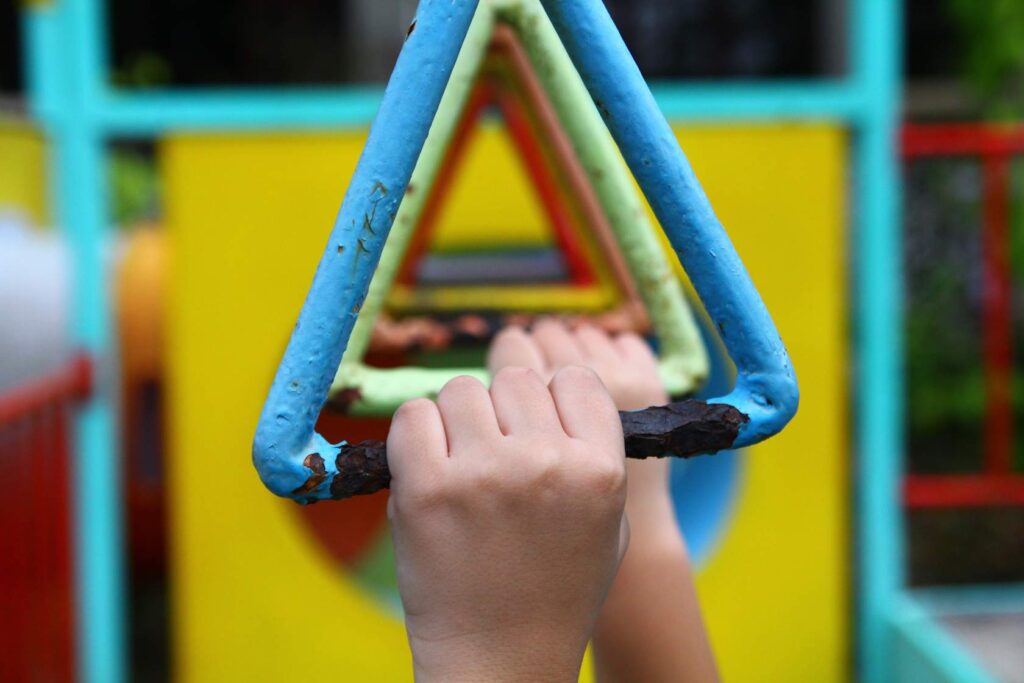
Children safety is a broad term that encompasses the physical, mental, and psychosocial wellbeing of children. Understanding how safety is assessed in the context of child welfare is crucial to protecting children from harm while avoiding unnecessary intrusions into family, including forcible child removal. Assessing child safety requires consideration of the overall context of children’s lives, including their history, culture and environment. Existing frameworks are used to gather this information and assess imminent threats to child safety, along with creating safety plans that enhance the capacity of caregivers and safety network to provide protection for their children. These assessments of safety provide courts with current information that guides decision-making in child dependency cases.
Family & Youth Justice Programs trains on safety using the American Bar Association’s publication, Child Safety: A Guide for Judges and Attorneys, which is an excellent tool to help dependency system partners develop a common understanding of assessing and discussing safety in child welfare cases. The Safety Framework provided by this guide helps courts addresses the fundamentals of assessing safety, safety planning and case planning. The Safety Framework is a cognitive structure that can be used to organize and analyze safety-related information for decision-making in child dependency cases. When parties can expect judicial officers to ask probing, detailed questions, workers and attorneys will come to court prepared, and will make more thoughtful case decisions. The Department of Children, Youth & Families utilizes a different, but very similar, set of analysis to assess and plan for safety.
Training & Technical Assistance

Safety Summit Project
The Safety Summit Project is a cross-system training package that helps dependency court systems develop a shared understanding and language for addressing child safety.

Changing Safety Practice
Tools, research, and resources that support dependency court systems in making sustainable change in safety practice, including the Blue Triangle.

Harm of Removal
Resources and training that help dependency courts accurately assess the likely harms of removal a child will experience when making child safety determinations.

Safety Snapshots
Series of mini-lessons focused on effective application of the different parts of the Safety Framework in child welfare cases.

Online Course
Self-paced course that provides an overview of the Safety Framework and applications in assessing safety, safety planning, conditions for return, family time and case planning.
For more information, please contact Laura Vogel, Child Welfare Training and Court Improvement Specialist at laura.vogel@courts.wa.gov
